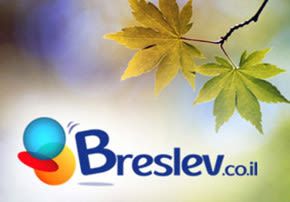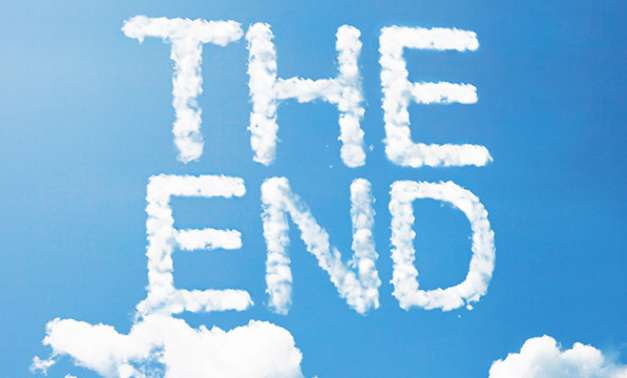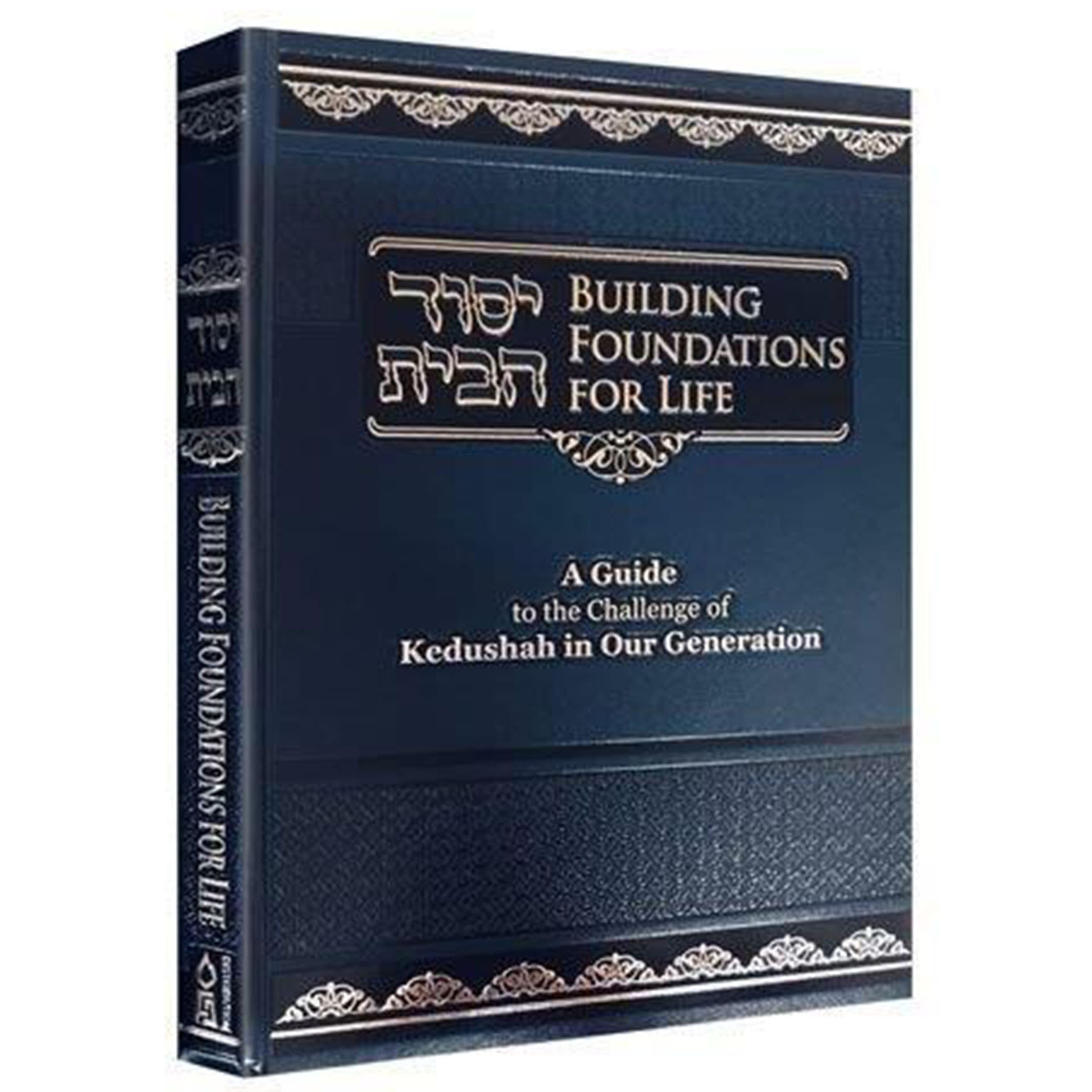
Vayigash: The Circle of Exile and Redemption
In addition, each of us share a spiritual root with specific people, physical items and situations...

Descent for Ascent
Avraham Avinu (our father Abraham) was told that his future descendants would descend to Mitzrayim and remain there for four hundred years. They would be enslaved and oppressed, and eventually leave with great wealth. The Lubavitcher Rebbe points out that money could never compensate for the torture the Jews suffered in Mitzrayim. Therefore, the wealth must be related to the actual purpose of the Jews’ descent to Mitzrayim – and this descent begins with Parshat Vayigash.
The Lubavitcher Rebbe explains why it was so important that the Jews leave with the wealth of the Egyptians with a concept that runs throughout the teachings of the Baal Shem Tov – the concept of elevating sparks of kedusha, holiness.
Within each person, place, and object, there is an enlivening Godly force, and nothing can exist without this enlivening soul. As Jews, our task in this world is to find this Godly force and release its holiness into the physical world. In addition, each of us shares a spiritual root with specific people, physical items, and situations, and it is our task to connect with the sparks of our spiritual roots and elevate them. This is a person’s spiritual wealth.
Our Material Possessions
A Jew’s material possessions are very precious to him, since they contain sparks of holiness which require elevation specifically from their owner. Sometimes, for example, we feel drawn to purchase something. That’s because we are supposed to raise up the sparks of kedusha contained within that physical item.
An example: After Yaakov (Jacob) escaped Lavan’s house, he was pursued by Lavan under various pretexts. Our Sages teach that this was because Lavan still had a few sparks of kedusha that had not been elevated, and therefore had to reconnect with Yaakov to complete the refining process.
Another example: When Yaakov returned to retrieve some small forgotten jars, he really went back to retrieve the sparks of kedusha that were part of his soul.
Each spark of holiness has a specific signature, and no one can take away the portion destined for another person. It is not possible for a person to elevate or connect to anything that is not connected to the essence of his soul.
This was the “great wealth” that Hashem promised the children of Avraham. They would have the opportunity to be partners with Hashem in refining this world, through taking the wealth of Egypt with them on their journey to Eretz Yisrael.
Before leaving Egypt, each woman asked her neighbors for vessels of silver and gold. Silver represents serving Hashem with love. Gold represents serving Hashem with awe. We need both silver and gold to actualize our mission in life.
It is our task to elevate the mundane, to elevate the sparks of holiness contained within the physical. Although it might appear to be more spiritual to sit in isolation and bask in assumed holiness – that is not the Jewish way!
Blessings
Masechtah Brachot discusses the terminology of the blessings we say before partaking of the physical world. These blessing are an elevating process that culminate when we use the energy derived from the physical to live our lives as Torah observant Jews.
According to Beit Hillel, the blessing made on the fire used at Havdalah is “borei meorei ha’aish,” which means that Hashem creates the illumination of fire. According to Beit Shammai, however, the blessing is “shebara meor ha’aish,” that Hashem created the illumination of fire. Beit Hillel uses the present tense, Beit Shammai the past tense.
What is implied by these difference tenses? For other blessings, Beit Shammai agrees with Beit Hillel that the present tense should be used, for example as in the blessing “borei pri ha’etz,” creates the fruit of the tree. Why is fire different?
The Kedushat Levi explains that when a Jew eats, he incorporates the food within himself, therefore elevating it and revealing its holiness. Let’s say, for example, that a Jew eats an apple, and then uses the energy he derived from the apple to serve Hashem. When the Jew eats the apple, he raises it from a level of vegetation to the level of human. Therefore, the apple is created anew as the Jew consumes it. For that reason, the blessing is recited in the present tense; Hashem is creating the fruit of the tree, in a new context, on a higher level.
According to Beit Shammai, the fire of Havdalah doesn’t enter into the person. Its creative force is only what has remained from its original creation. Therefore, we are receiving the fire’s primal energy rather than giving it a new level of existence.
Messianic Era
Beit Shammai reveals what the halachah will be in the Messianic era. Then, there will be no need to search and elevate – all the hidden sparks will have been found and brought to their Tikkun. Then, we will be able to rejoice in the Light of Torah, and discuss the amazing Divine Providence that is so clear and evident. We will understand the story in its entirety.
This is hinted to by the gifts that Yosef (Joseph) sent his father. When Yaakov (Jacob) saw the wagons bearing Yosef’s presents, he was able to truly rejoice with the command to go down to Egypt.
The word wagons – agalot – also mean “circles.” In sending the agalot to Yaakov, Yosef was alluding to the circle of life, that his exile to Egypt would culminate in the redemption, and that that future was the cause of the present exile.
Only when Yaakov saw these agalot, these wagons, was he able to truly rejoice. He realized that not only had his son survived the spiritual corruption of Egypt, but he had also succeeded in elevating the sparks of holiness that were hidden there.
May we merit to see the full circle in its entirety – quickly, and in our day. Amen.







Tell us what you think!
Thank you for your comment!
It will be published after approval by the Editor.